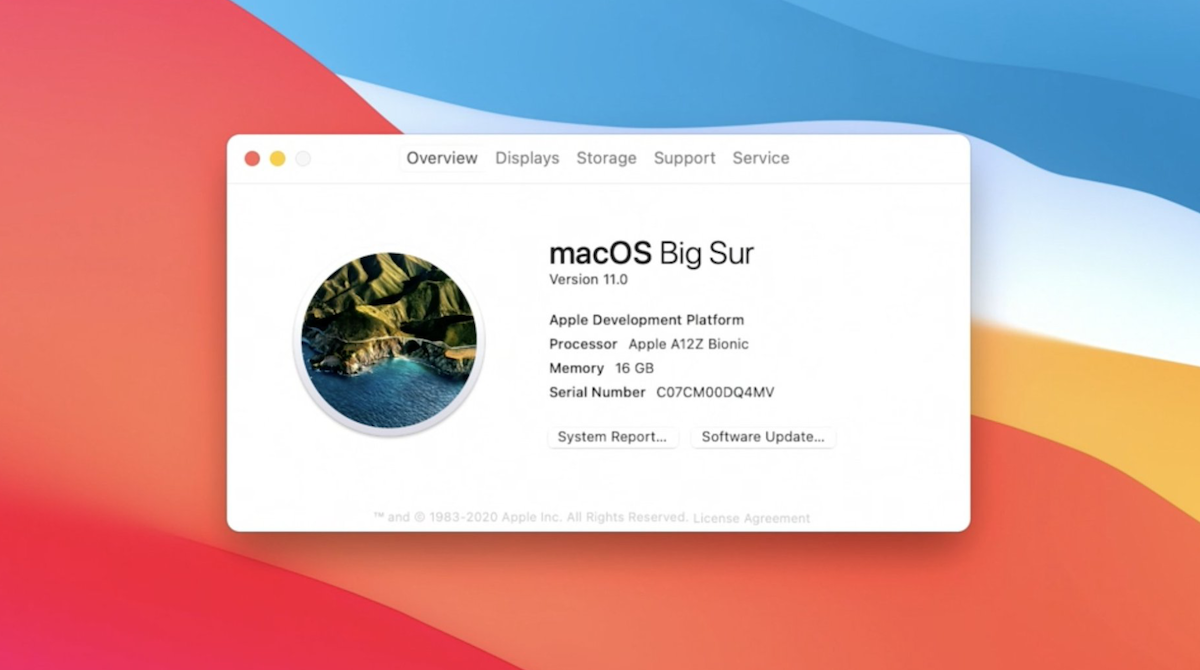
- #'DOWNLOAD VMWARE FUZION 1 FOR MAC' INSTALL#
- #'DOWNLOAD VMWARE FUZION 1 FOR MAC' ISO#
- #'DOWNLOAD VMWARE FUZION 1 FOR MAC' DOWNLOAD#
Hours and hours sitting in front of my Mac copying, pasting, moving, deleting, hour after hour just beating on my Mac in a endless assault to get my work done. No it was because of the music production I do on it. We can test the connection from the host to the ESXi virtual machine works by typing the address in a web browser.There is a reason why I bought a Mac, it was not to be one of the cool kids that wanted the best of the best. Press ESC again to exit settings and you should now see the IP address we can use to manage the host. You’ll then be asked to confirm the changes by pressing Y. Press ESC to exit the network configuration screen. Type in the gateway IP in the Primary DNS Server box and the name of the host in the hostname box and then press Enter. Select Use the following DNS server addresses and hostname by pressing Space.

Select the DNS Configuration and then press Enter. That’s because I’ve changed it and disabled DHCP by editing the /Library/Preferences/VMware Fusion/networking config file and restarting VMware Fusion. You may notice my network address is different to yours. If you’re using DHCP, you can find out what part of the range you can use for static IP addresses in this tutorial. For example, mine is 10.1.1.1 so the gateway is 10.1.1.2. You can find out the gateway by running ifconfig at the terminal and by adding 1 to the inet address of the vmnet8 interface. Type in the IP address, subnet mask and default gateway then press Enter. Select IPv4 Configuration and then press Enter.Ĭhange the IP type to static by highlighting the Set static IPv4 address and network configuration and then pressing Space. Select Configure Management Network and then press Enter. To configure the network press F2 and then login with your root password. If you do have an IP that was assigned via DHCP, I’d suggest you change it to a static IP so that you know it won’t change when the host reboots. If your host doesn’t have an IP, you’ll need to configure it using the steps coming up. This is because I have the network adapter connected to a VMware Fusion network that has DHCP disabled.
#'DOWNLOAD VMWARE FUZION 1 FOR MAC' INSTALL#
We are now ready to install VMWare ESXi on the virtual machine.Īs you can see from the image in the previous step, the management IP address of my ESXi host is 0.0.0.0. Tick the Connect CD/DVD Drive option and then close the settings window.
#'DOWNLOAD VMWARE FUZION 1 FOR MAC' ISO#
Click on CD/DVD (IDE).Ĭlick on the dropdown and select the Choose a disc or disc image… option.īrowse to the VMware ESXi ISO that you downloaded and then click Open. Once the VM is saved, the settings screen will load. You will be asked to save the virtual machine. Leave the firmware type as UEFI and then click Continue.Ĭlick Continue to create a 40 GB virtual disk.Ĭlick the Customize Settings button so that we can attach the ISO. Select VMware ESX then VMware ESXi 6.x and then Continue. Select Create a custom virtual machine and then click Continue. VMware Fusion * and then click on the + icon in the toolbar. Creating a VMware vSphere ESXi 6.7 virtual machine with VMware Fusion

VMware ESXi is free when using only the basic features, and when you first install it, you get to try all the advanced features for 60 days.
#'DOWNLOAD VMWARE FUZION 1 FOR MAC' DOWNLOAD#
Head over to the VMware vSphere ESXi 6.7 download page and click the Download Now button to get the ISO.


 0 kommentar(er)
0 kommentar(er)
